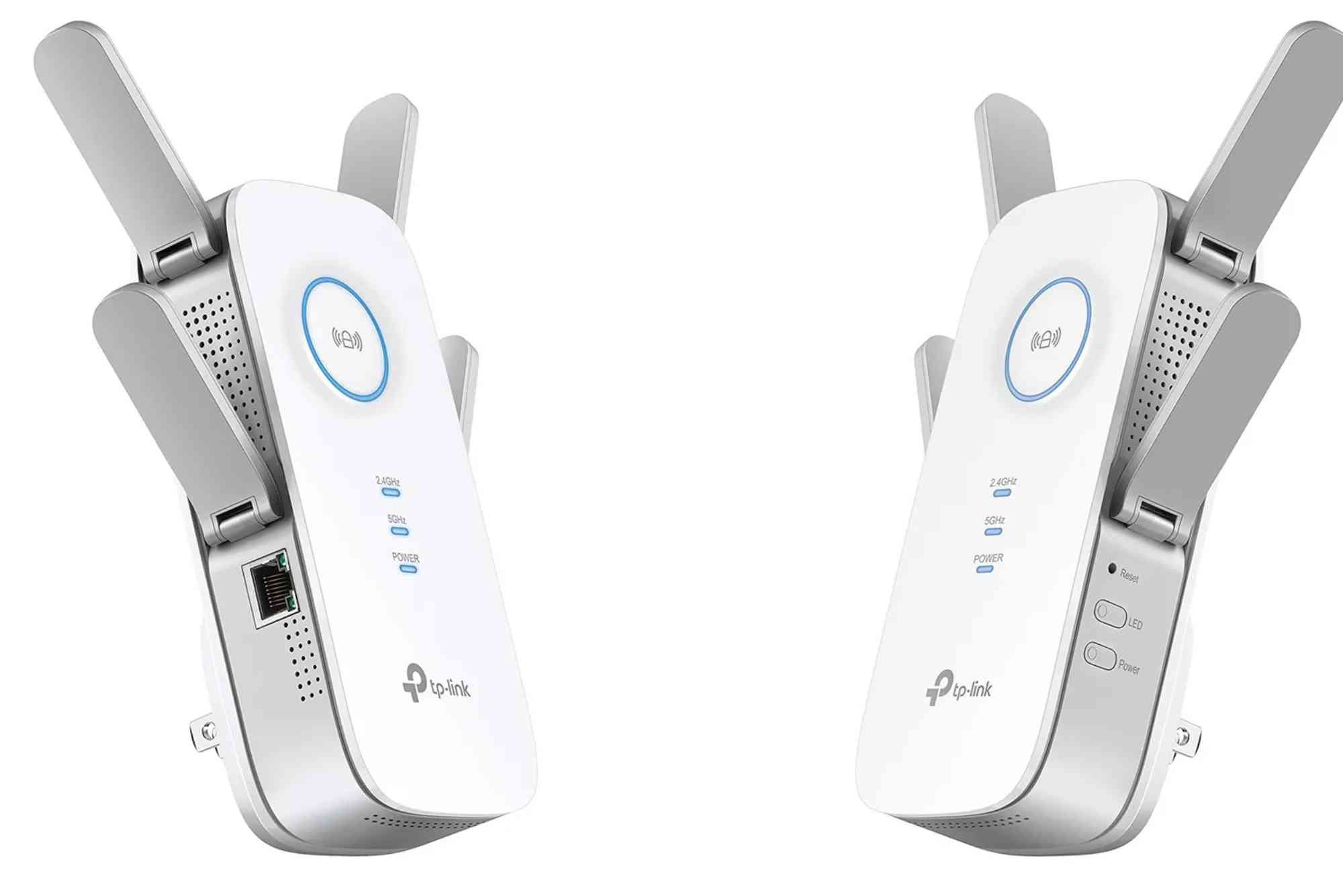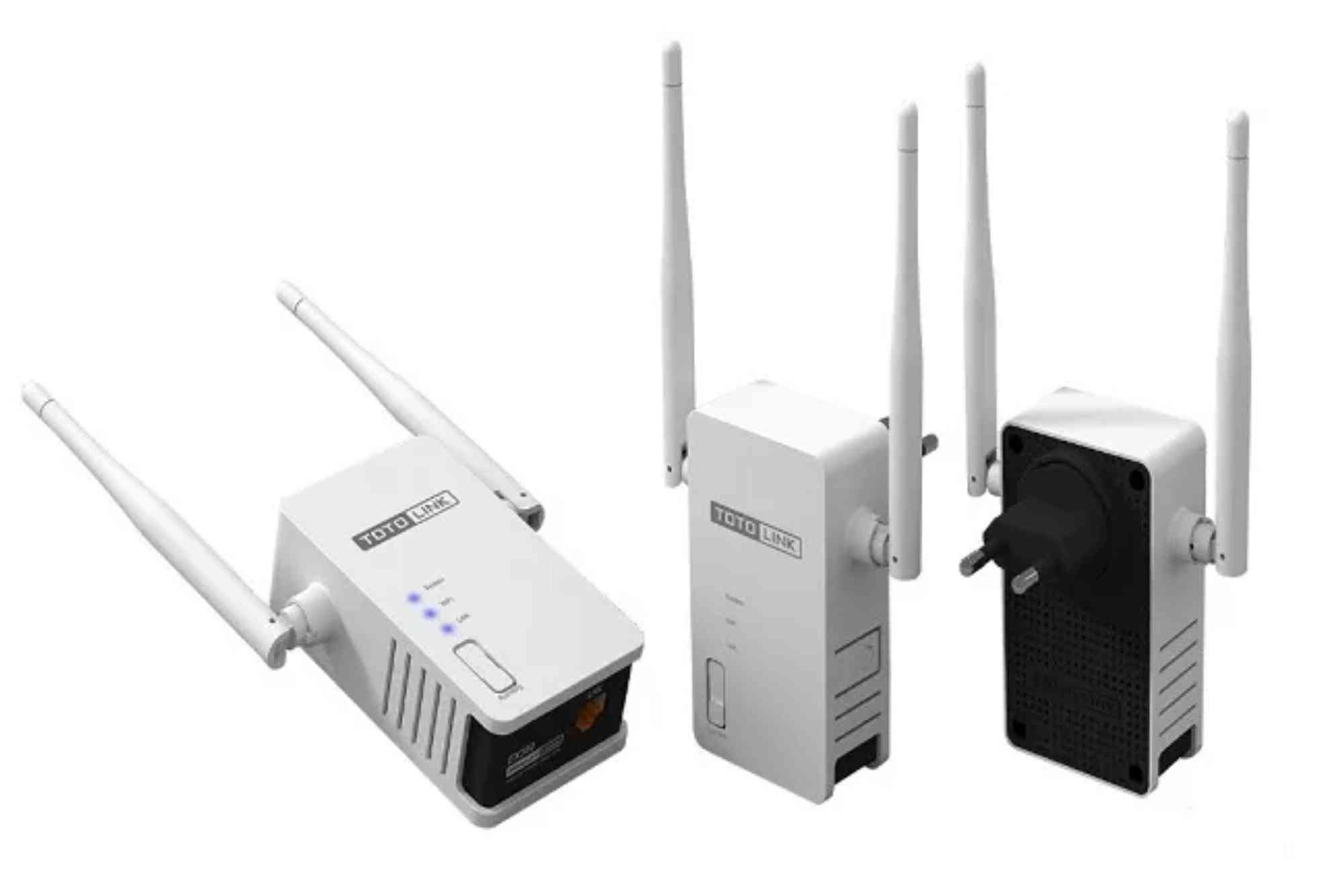What Is Mobile Hotspot Data Throttling and How to Avoid It
Have you ever noticed your internet speed dropping suddenly when using your mobile hotspot? This is most likely due to mobile hotspot data throttling. Mobile carriers often slow down hotspot speeds after a certain data limit is reached. While frustrating, it’s a common practice across most networks.
In this guide, we’ll explain what mobile hotspot data throttling is, why carriers use it, and practical strategies to avoid it. If you rely on your hotspot for work, study, or streaming, this knowledge can help you stay connected without interruptions.
What Is Mobile Hotspot Data Throttling?
Mobile hotspot data throttling is when your carrier intentionally slows down your internet speed after you’ve consumed a specific amount of hotspot data.
For example, you may enjoy 4G or 5G speeds for the first 15GB of hotspot data, but after crossing that limit, speeds might drop to 600 Kbps or even lower.
Why Carriers Throttle Hotspot Data
- Network Management: Carriers manage traffic during peak hours by slowing heavy users.
- Plan Restrictions: Many “unlimited” plans have hidden limits for hotspot usage.
- Fair Usage Policy: Providers aim to prevent a few users from hogging bandwidth.
How to Know If Your Hotspot Is Being Throttled
It can be tricky to tell if you’re experiencing mobile hotspot data throttling or just poor coverage. However, there are signs:
- Sudden speed drops after hitting a data limit.
- Videos buffering even with a strong signal.
- Speed test results showing lower than expected Mbps.
If you notice these patterns consistently, throttling is the likely cause.
Common Situations That Trigger Hotspot Throttling
Exceeding Data Caps
Even “unlimited” plans may throttle after you exceed a set hotspot allowance.
Peak Network Hours
During evenings or weekends, carriers may slow heavy users first.
High-Bandwidth Usage
Streaming 4K videos or online gaming often triggers throttling faster than browsing.
How to Avoid Mobile Hotspot Data Throttling
Fortunately, there are strategies to reduce or bypass throttling.
Monitor Your Data Usage
Always keep track of how much hotspot data you’ve used. Most carriers offer apps with detailed usage stats.
Use a VPN
A VPN (Virtual Private Network) hides your online activity, making it harder for carriers to detect high-bandwidth usage like streaming or torrenting. This won’t always remove throttling, but it can reduce targeted slowdowns.
Switch to a Better Plan
Some carriers offer premium plans with higher or even no hotspot caps. If you rely heavily on hotspot internet, this can be worth the investment.
Limit High-Bandwidth Activities
Adjust video streaming quality to 480p or 720p instead of 4K. Use offline downloads for music and movies.
Use External Hotspot Devices
Dedicated 4G/5G hotspot devices often have better speed management and larger allowances than phone tethering.
Alternative Solutions
Wi-Fi Services
If throttling continues to affect your productivity, consider home broadband or local Wi-Fi solutions. For example, Dhanote Internet Services provides reliable internet with consistent speeds, helping you avoid the frustrations of throttling altogether.
Dual-SIM Phones
Keep a secondary SIM with an additional hotspot plan to use when your primary carrier throttles data.
FAQs
What does mobile hotspot data throttling mean?
It means your carrier slows down your hotspot internet speed after you cross a data usage threshold.
How can I tell if my hotspot is throttled?
You’ll notice slower speeds, frequent buffering, and speed test results lower than your normal connection.
Can a VPN stop hotspot throttling?
A VPN can mask your activity, but if throttling is based on total data usage, it may not fully prevent it.
Which carrier has the least throttling?
This varies by location and plan type. Premium or business plans usually have fewer restrictions.
Does unlimited data mean no throttling?
Not always. Many “unlimited” plans still have limits on hotspot usage and reduce speeds afterward.
Mobile hotspot data throttling is a reality for many users, but it doesn’t have to ruin your online experience. By monitoring your data, using VPNs, adjusting your usage habits, or upgrading your plan, you can reduce the impact of throttling.








